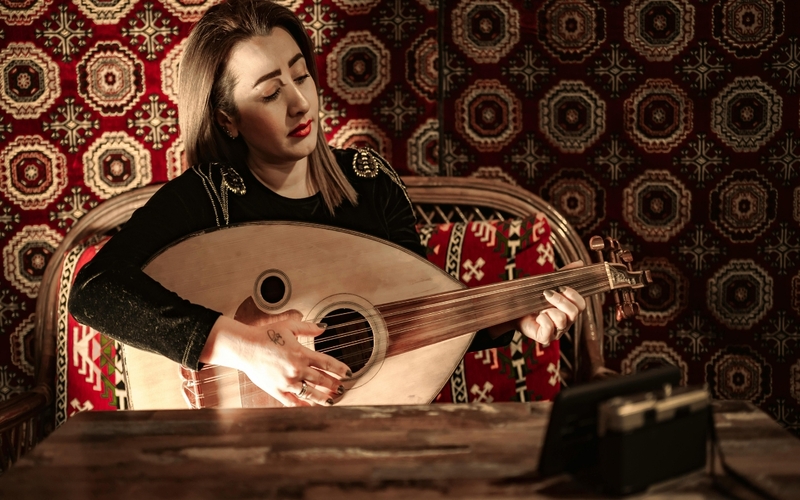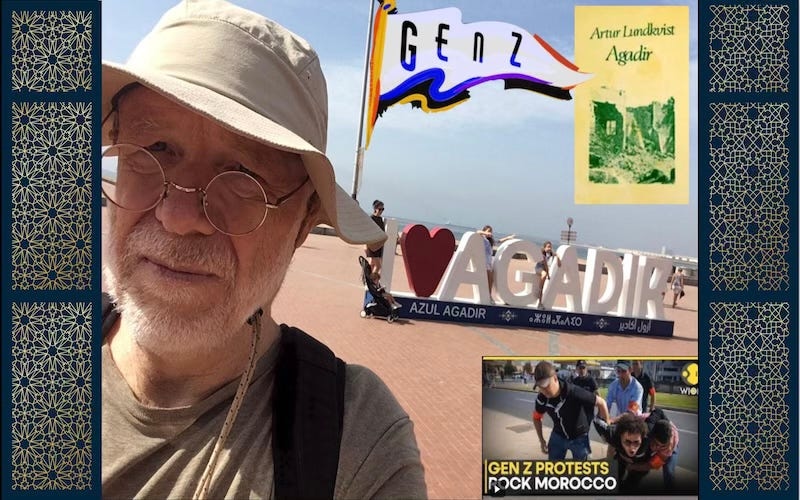The oud (pronounced “ood”) is one of the oldest stringed instruments in the world and a central piece of traditional Arabic music. Its name comes from the Arabic word al-ʿūd, meaning “wood.” The instrument has a pear-shaped body, a short neck without frets, and typically 11 strings grouped in pairs.
Origins and History
The oud dates back thousands of years, with roots in ancient Mesopotamia, Egypt, and Persia. It is considered the ancestor of the European lute, introduced to Europe during the Islamic presence in Spain (Al-Andalus). Over time, it became refined and standardized in the Arab world during the Islamic Golden Age.
One of the most famous early musicians and theorists of the oud was Ziryab, a 9th-century musician in Muslim Spain who is credited with adding a fifth string to the instrument and influencing the development of Andalusian music.

The Oud and Islam
While the oud itself is not a religious instrument, it has flourished in Islamic civilization because music was a valued form of cultural expression, especially in poetry, storytelling, and court life. Though Islamic views on music vary across regions and interpretations, the oud has been widely accepted in many Muslim-majority cultures for its use in classical, folk, and spiritual music.
Many famous Muslim musicians and scholars played or wrote about the oud, and it became a symbol of the rich artistic and intellectual life of the Islamic world.
In Summary
- The oud is an ancient stringed instrument central to Arabic music.
- It has deep historical roots and influenced the development of Western instruments like the lute.
- While not directly linked to Islamic rituals, it flourished within Islamic culture and civilization, especially during the Golden Age of Islam.






